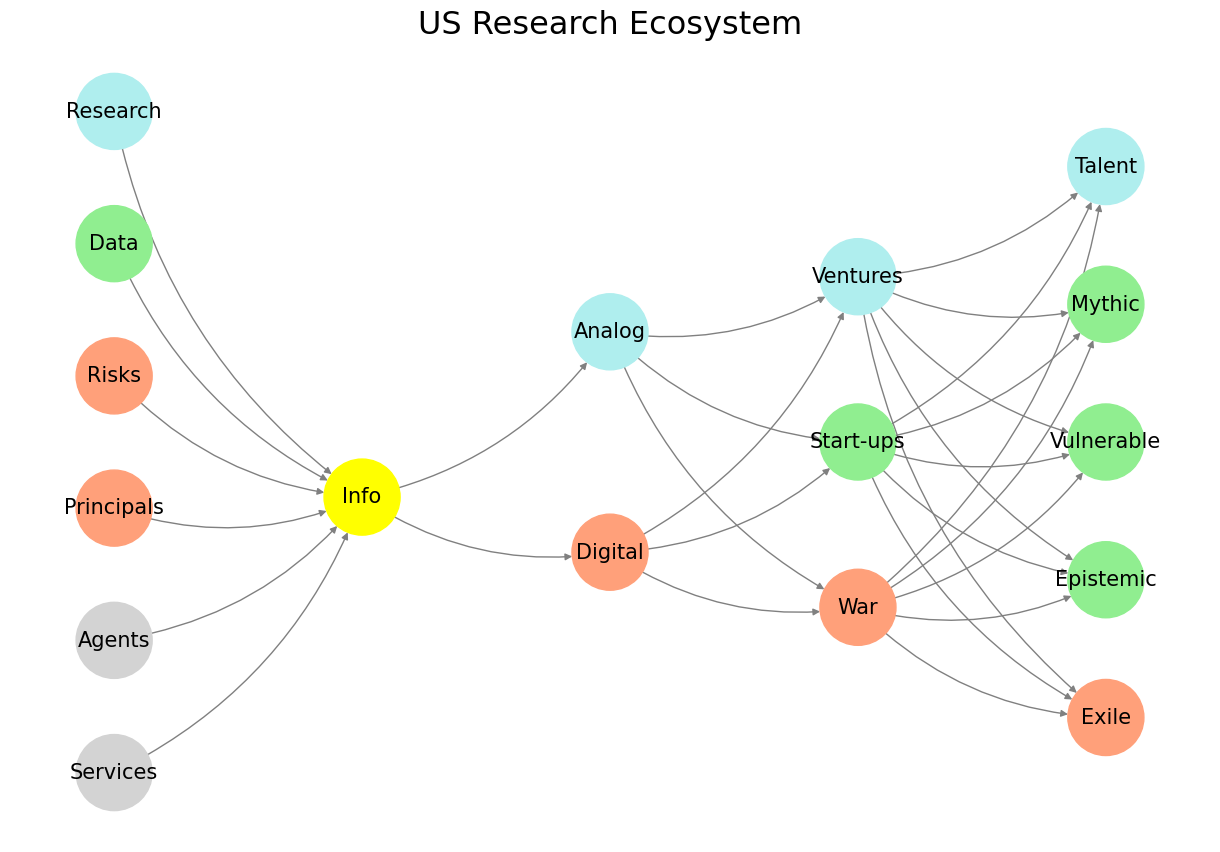#
+ Expand
Analysis
In designing the scenery and costumes...
I. Introduction: The Criterion of Compulsion
The Unmoved Man: A Life of Not Compelling. There once lived a man for whom life was a pitch meeting, and everything—love, death, beauty, truth—was a presentation he did not greenlight.

Fig. 4 The Specter of Autism. Video propaganda and conspiratorial mythology in a fractal age. The figure above does not speak for itself.#
His catchphrase, etched into the faces of exasperated friends and lovers, was always the same: “Not compelling.” A book recommended? Not compelling.
A wedding toast? Not compelling. A sunset over the Pyrenees? Meh. Too much chiaroscuro. Not compelling. His name doesn’t matter. He never let anyone say it with drama. This is the story of a man who spent his entire life underwhelmed—and why it mattered. 3
II. Aesthetic Nihilism as Armor
To say not compelling is to wield the scalpel of critique without ever lifting the pen of creation. It’s easy to imagine this man as a genius unfulfilled, a critic savant whose standards were simply too high. But that’s a flattering lie. His resistance to compulsion was not rooted in rigor, but in fear. The fear that to be moved was to be vulnerable. To be compelled was to yield, to admit that something outside himself could enter uninvited and rearrange the furniture of his interior life.


Fig. 5 Digital vs. Analog. Non-trivial question. One emergent phenomenon of this binary is a start-up brand called MAGA. And several emergent phenomena including the Kennedy’s, autism, and more. Study the neural net above to see if you might deduce some specifics from its general riff. But one thing is for sure: start-ups are their boosters are very selective about the data they quote!#
By saying not compelling, he didn’t have to engage. He could float above the mess, maintain ironic distance, stay invulnerable. In a culture obsessed with takes, he became a black hole of takes—a critic whose refusal to be captivated became his identity. But as anyone who has ever tried to hug a marble statue knows: cool detachment is not the same as warmth, and it is certainly not the same as love.
See also
III. The Erosion of Mystery
To live a life seeking what is compelling implies that there exists something out there with the capacity to compel. But our man inverted that assumption: he presumed that if he wasn’t already enthralled, nothing could make him be. He confused the absence of immediate affect for the absence of depth. Like the worst kind of algorithm, he discarded entire genres of experience after one lukewarm encounter.
A cello solo: Too melancholic.
A breakup: Too predictable.
A child’s drawing: Derivative.
His standard for the compelling grew narrower over time. He mistook novelty for depth, intensity for meaning. But in doing so, he lost the capacity to be surprised. Mystery evaporated. Wonder retreated. And with it, the possibility of being transformed.
IV. Compulsion and Surrender
The compelling compels because it takes you where you didn’t expect to go. To be compelled is not to judge, but to be seized. This is a fundamentally erotic posture, not in the sexual sense, but in the original Greek: eros—the movement of the soul outward toward the other. To say not compelling over and over is to practice an anti-erotic life. It is a life without yearning, without surrender, without song.
Show code cell source
import numpy as np
import matplotlib.pyplot as plt
import networkx as nx
# Define the neural network fractal
def define_layers():
return {
'Suis': ['Services', 'Agents', 'Principals', 'Risks', 'Data', 'Research', ], # Static
'Voir': ['Info'],
'Choisis': ['Digital', 'Analog'],
'Deviens': ['War', 'Start-ups', 'Ventures'],
"M'èléve": ['Exile', 'Epistemic', 'Vulnerable', 'Mythic', 'Talent']
}
# Assign colors to nodes
def assign_colors():
color_map = { # Dynamic
'yellow': ['Info'],
'paleturquoise': ['Research', 'Analog', 'Ventures', 'Talent'],
'lightgreen': ['Data', 'Start-ups', 'Epistemic', 'Mythic', 'Vulnerable'],
'lightsalmon': [
'Principals', 'Risks', 'Digital',
'War', 'Exile'
],
}
return {node: color for color, nodes in color_map.items() for node in nodes}
# Calculate positions for nodes
def calculate_positions(layer, x_offset):
y_positions = np.linspace(-len(layer) / 2, len(layer) / 2, len(layer))
return [(x_offset, y) for y in y_positions]
# Create and visualize the neural network graph
def visualize_nn():
layers = define_layers()
colors = assign_colors()
G = nx.DiGraph()
pos = {}
node_colors = []
# Add nodes and assign positions
for i, (layer_name, nodes) in enumerate(layers.items()):
positions = calculate_positions(nodes, x_offset=i * 2)
for node, position in zip(nodes, positions):
G.add_node(node, layer=layer_name)
pos[node] = position
node_colors.append(colors.get(node, 'lightgray'))
# Add edges (automated for consecutive layers)
layer_names = list(layers.keys())
for i in range(len(layer_names) - 1):
source_layer, target_layer = layer_names[i], layer_names[i + 1]
for source in layers[source_layer]:
for target in layers[target_layer]:
G.add_edge(source, target)
# Draw the graph
plt.figure(figsize=(12, 8))
nx.draw(
G, pos, with_labels=True, node_color=node_colors, edge_color='gray',
node_size=3000, font_size=15, connectionstyle="arc3,rad=0.2"
)
plt.title("US Research Ecosystem", fontsize=23)
# ✅ Save the actual image *after* drawing it
plt.savefig("../figures/us-research-ecosystem.jpeg", dpi=300, bbox_inches='tight')
# plt.show()
# Run the visualization
visualize_nn()


Fig. 6 Perverse Academic Incentives. Government agencies risk $200 billion in R&D per year. Start-ups emerging from this R&D draw in almost dollar-for-dollar venture capital investments. Most technological advancements scale-up the most promising of these efforts into peace-time, war-time, and money-time products and implements. But if we turn to infrastructure: no one’s funding you to build infrastructure. NIH doesn’t give R01s for epistemic elegance. They want data, statistical significance, and a manuscript in NEJM. But MyST shines not in raw data—it excels at narrative explanation, cross-domain integration, reproducibility, and transparency. Until reproducibility gets financial incentives, MyST & .ipynb won’t have institutional traction.#
He lived for 84 years. He died in a hospital bed surrounded by white noise and chart updates. No one read poetry at his funeral because he had deemed every poem ever written either trite or incoherent. His eulogy was an email. The subject line read: Not Compelling: A Life.
V. The Moral and the Mirror
This man is no isolated freak. He is an exaggerated version of a disease many of us carry: the critic’s disease, the self-styled connoisseur’s fatigue, the cynic’s allergy to earnestness. We curate our feeds, our friends, our families, according to what immediately compels. And if it doesn’t? Swipe. We say we crave resonance, but we flee from anything that would demand we resonate in return.
To live well is to risk being compelled. To say: This moved me and I do not fully understand why. It’s to allow the world to enter your pores without first passing through the TSA of taste. The compelling is rarely immediate. It sneaks up. It germinates. It offends before it awakens. It resists perfect explanation. That’s why it’s compelling.
Let something in. Let something move you. Let something wreck you and leave you changed.
That is what it means to be compelled. And that, finally, is what it means to be alive.
VI. Epilogue: Let the World In
If you’ve read this far, I hope it’s not because the argument was water-tight. I hope it’s because something called to you. That’s the difference. The compelling is not what you approve of—it’s what you can’t walk away from.
Beware the safety of the perpetual meh. It is the loneliest fortress you will ever build.

